Table of contents of the article
Toggle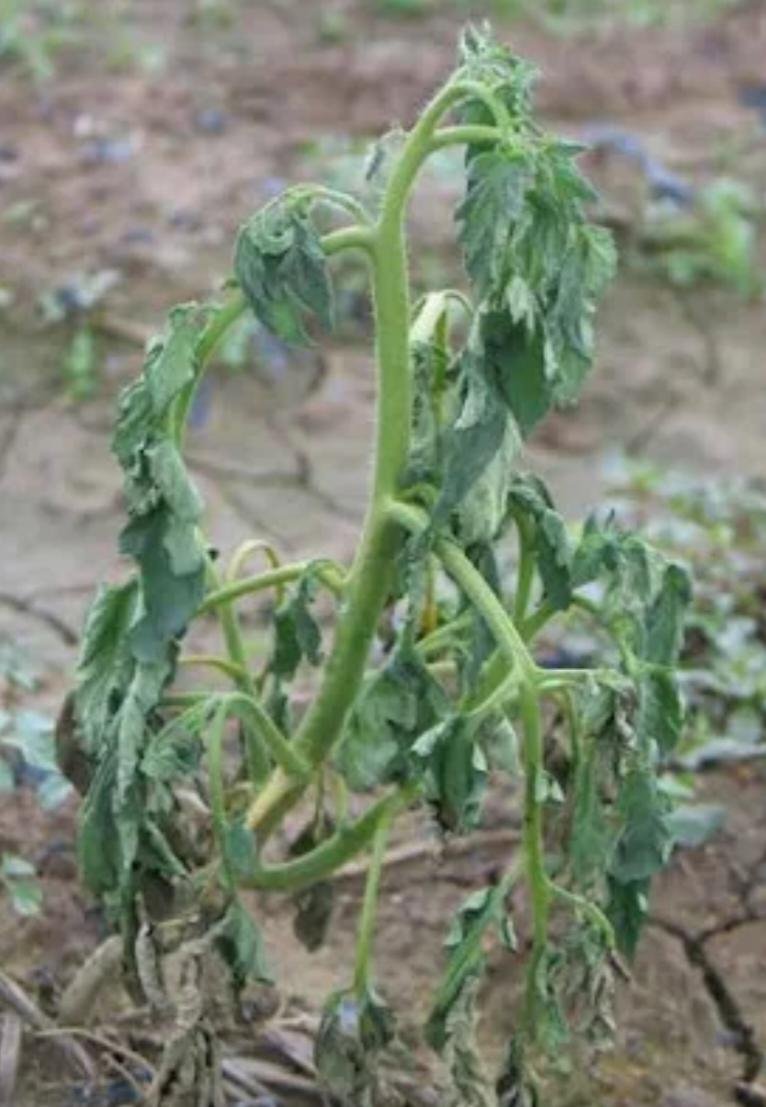
Bacterial wilt on tomatoes can lead to huge losses in tomato crops. In this article on your website, World of Plants, we will learn how to identify this disease and ways to control it.
The causative agents of bacterial wilt on tomatoes.
- Ralstonia pseudosolanacearum ( = Ralstonia solanacearum phylotype I and III)
- Ralstonia solanacearum (synonym = strains of Ralstonia solanacearum phylotype II)
- Ralstonia syzygii subsp. Indonesiensis (synonym = Ralstonia solanacearum phylotype IV subspecies of tomato)
Causes of bacterial wilt disease on tomatoes
The disease is caused by bacteria entering from the roots through wounds resulting from agriculture or insects, and it multiplies when suitable conditions exist, such as high temperature and high humidity.
Symptoms of bacterial wilt on tomatoes
The disease begins with drooping of the lower leaves, followed by wilting of entire plants soon after. Leaf yellowing is not related to this wilt disease. Longitudinal section of the stem reveals vascular discolouration from yellow to light brown which may later turn dark brown or hollow the stem completely as the disease progresses. A quick and simple diagnostic method for this species of Ralstonia is to place a freshly cut stem in a cup of water. A milky white stream of bacteria will run down the stem
Conditions for the development of bacterial wilt disease on tomatoes
The Ralstonia solanacearum species complex has a host range of more than 200 plant species that it can infect and live within. These pathogens can also live in soil where they infect roots through natural wounds resulting from the formation of secondary roots, or through wounds resulting from transplants, cultivation practices, or nematode feeding. Biting insects may also transmit this species of Ralstonia. This bacteria can be spread by rainwater or surface irrigation, in soil on farming equipment and by diseased transplants. Warm weather (29-35°C) or hot weather (36-40°C) and high soil moisture favor the development of bacterial wilt.
Management and treatment of bacterial wilt disease on tomatoes
- When possible, avoid land with a history of bacterial wilt.
- Make sure transplants are disease-free and plant hybrid varieties with resistance to bacterial wilt or graft onto resistant rootstock.
- Planting in raised beds, managing soil moisture content including draining water away from the roots, and controlling weeds that may serve as asymptomatic hosts for these bacteria to reduce the incidence and severity of bacterial wilt.
- Soil fumigation or solarization, cover cropping, or crop rotation of non-host species can reduce the incidence of bacterial wilt in some cases.
Prevention of bacterial wilt in tomatoes
- Planting by grafting: You can graft your tomato seedlings onto resistant roots from eggplant plants.
- Resistant varieties: There are a few varieties of tomatoes that are somewhat resistant to bacterial wilt.
- Agricultural rotation: Practice an agricultural rotation of crops to keep plants away from the same place for at least 3 years
- Use healthy and clean seeds and seedlings, and care must be given to the source of the seeds
Tips to prevent the spread of wilt bacteria in tomatoes
If it attacks the crop If you suspect that bacterial wilt has attacked your tomato crop, follow these tips to prevent its spread.
1. Remove infected plants and soil
- All affected plants are immediately removed and burned before the bacteria are released back into the soil and the soil around the plants is dug up as well, rather than pulled out and the infected root fragments are left behind.
- Controlling nematodes and soil insects because they create wounds through which bacteria can penetrate the plant.
- Avoid grafting and wounding the roots.
- Improving soil conditions:
- Make sure your soil is well-drained and contains organic matter (humic acid) with a pH of at least (5.5). The pH can be lowered using tile powder or calcium carbonate.
2. Disinfection of tools
After finishing working in the affected areas, you must wash your hands and sterilize and disinfect the tools. This includes tillage tools, gloves, and even the soles of your shoes.
3. Weeding
- Eliminate weeds on your farm, as they can serve as a second host for bacterial wilt
- Proper management of agricultural operations. For example, avoid excess nitrogen, high humidity, and high soil pH, and keep the plants strong. Use copper 50% WP to spray the shoots during growth.
To prevent bacterial wilt on tomatoes
Spraying with the antibiotic oxytetracyclem or tetracyclem. Oxytetracyclem is stronger and is available at veterinary pharmacies in the form of a liquid or ten capsules. A package of (500 mg/20 liters) of water for each line in the greenhouse. Repeat after four days, followed by irrigation with amino acids with the last third of the amount of irrigation, or streptomycin or agromycin at a rate. (10-20 grams/20 liters) of water and repeat the spraying every two weeks.
Treatment and prevention of bacterial wilt on tomatoes
- Bacterial wilt is more difficult to control than tomato plants, but it can be prevented by rotating crops with non-susceptible plants, such as corn and beans, for at least three years.
- Remove and destroy all infected plants.
- Plant only disease-free plants.
In conclusion, we would like to note that we, at the world of plants website, offer you all the necessary services in the world of plants, we provide all farmers and those interested in plants with three main services::-
- Artificial intelligence consulting service to help you identify diseases that affect plants and how to deal with them.
- Blog about plants, plant diseases and care of various crops ... You are currently browsing one of her articles right now.
- An application that provides agricultural consultations to clients, as well as a service for imaging diseases and knowing their treatment for free – Click to download the Android version from Google Play Store، Click to download the IOS version from the Apple App Store.
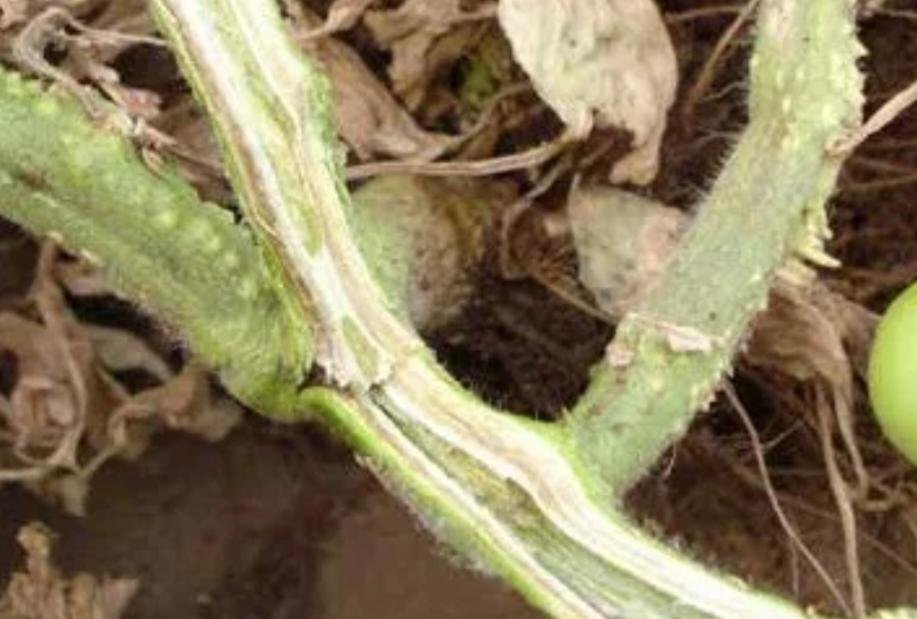
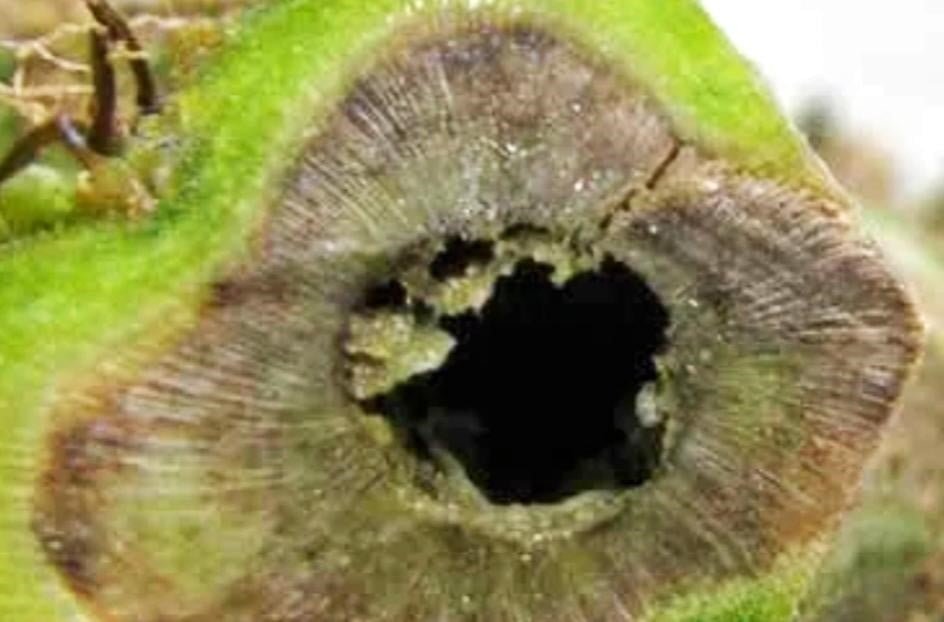
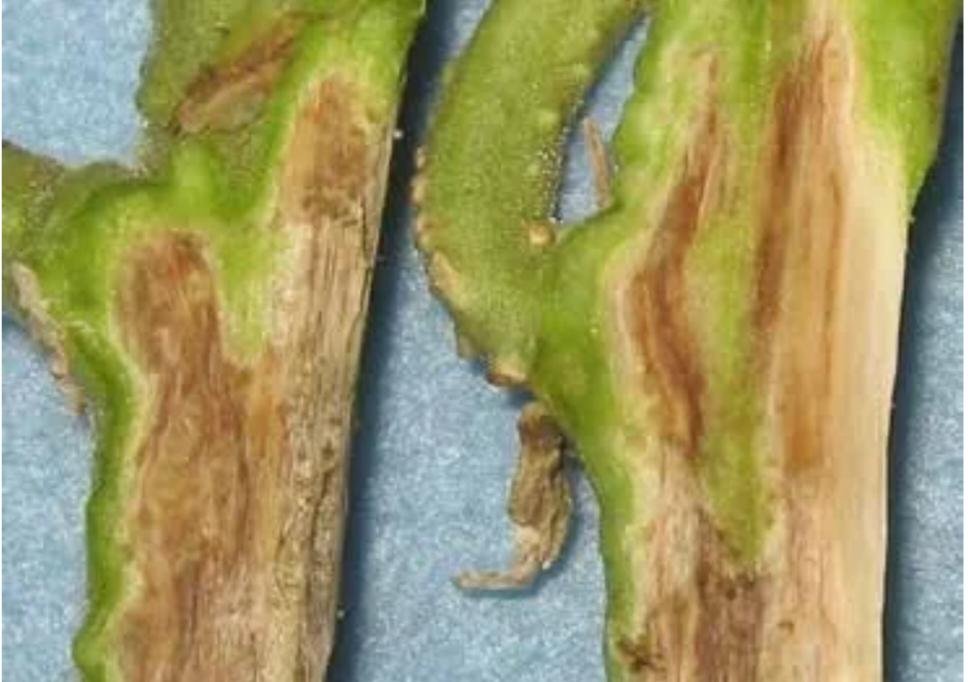
References
Bacterial wilt disease on tomatoes - agro-lib.site
The most important bacterial diseases of tomatoes: Here are the causes and treatment - planting.mawdoo3




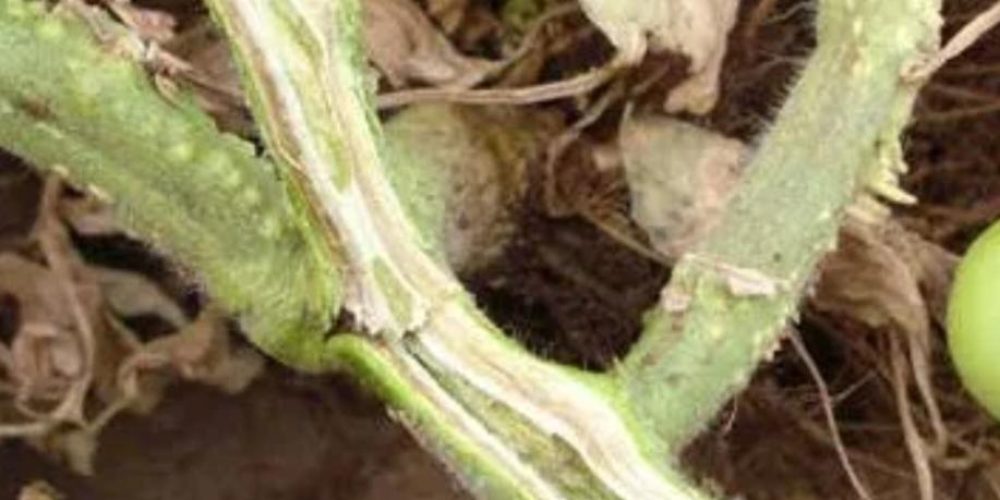
2 Comments
छान माहिती मिळाली.
धन्यवाद! तुम्हाला आणखी काही माहिती हवी असेल तर जरूर विचार करा. 😊